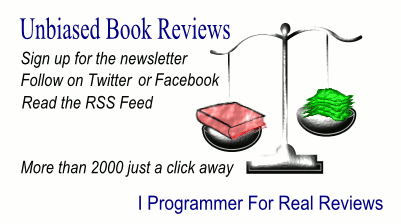| Beginning SharePoint 2010 |
|
Author: Amanda Perran, Shane Perran, Jennifer Mason & Laura Rogers
Even if you are a programmer, coming to SharePoint from the outside can be a daunting prospect. SharePoint 2010 is big and has so many different facilities that it is often not clear how to set things up. This book, subtitled Building Business Solutions with SharePoint, about setting up SharePoint 2010 to do particular jobs therefore seems like a really good idea. You can mostly skip Chapter 1 because its provides a manager's view of SharePoint and doesn't really provide any real information. The book proper starts at Chapter 2 with working with SharePoint lists. The chapter itself is very "listy" often things are explained via a list of possibilities. Chapter 3 deals with working with libraries and Chapter 4 is about customizing both. Chapter 5 explains how to work with Workflow including using Visio. Chapter 6 is about content types, what they are and how to create a new type. Chapter 7 gives you the users view of a Web Part - the web controls or widegets that SharePoint uses. Only at Chapter 8 do we start to look at the global organisation of the site or sites and workspaces. Chapter 9 is about branding and the user experience and covers details like creating a logo and theme to make the site your own. This is where we learn about master pages and style sheets. Chapter 10 is about user management and 11 deals with social networking and personalization. Chapter 12 moves back to something more technical with a look at forms management including the use of InfoPath. Chapter 13 brings us to content management including how to deal with localization of individual pages. From here the book deals with a set of topics in no particular order - records management, Business connectivity services, business intelligence, search and finally a look at management options and governance. Each chapter covers its topic in a fairly self contained way and often has a management style introduction and ends with a summary of what you should know. The approach to explaining what is going on is to give you an outline of the facility and then show you have to perform a simple task using screen dumps and almost step-by-step instructions and tables of options. Overall this is not an inspiring book but it probably will help you get a particular task done and help you to be aware of the facilities that SharePoint 2010 offers. What it lacks is a bigger picture of how SharePoint is organised and how it can link into existing web sites and efforts. It also isn't strong on indicating when some programming might extend the system to make it do new things. If you are looking for a fairly straightforward enumeration and explanation of SharePoint 2010 then this works.
|
|||
| Last Updated ( Wednesday, 09 February 2011 ) |
